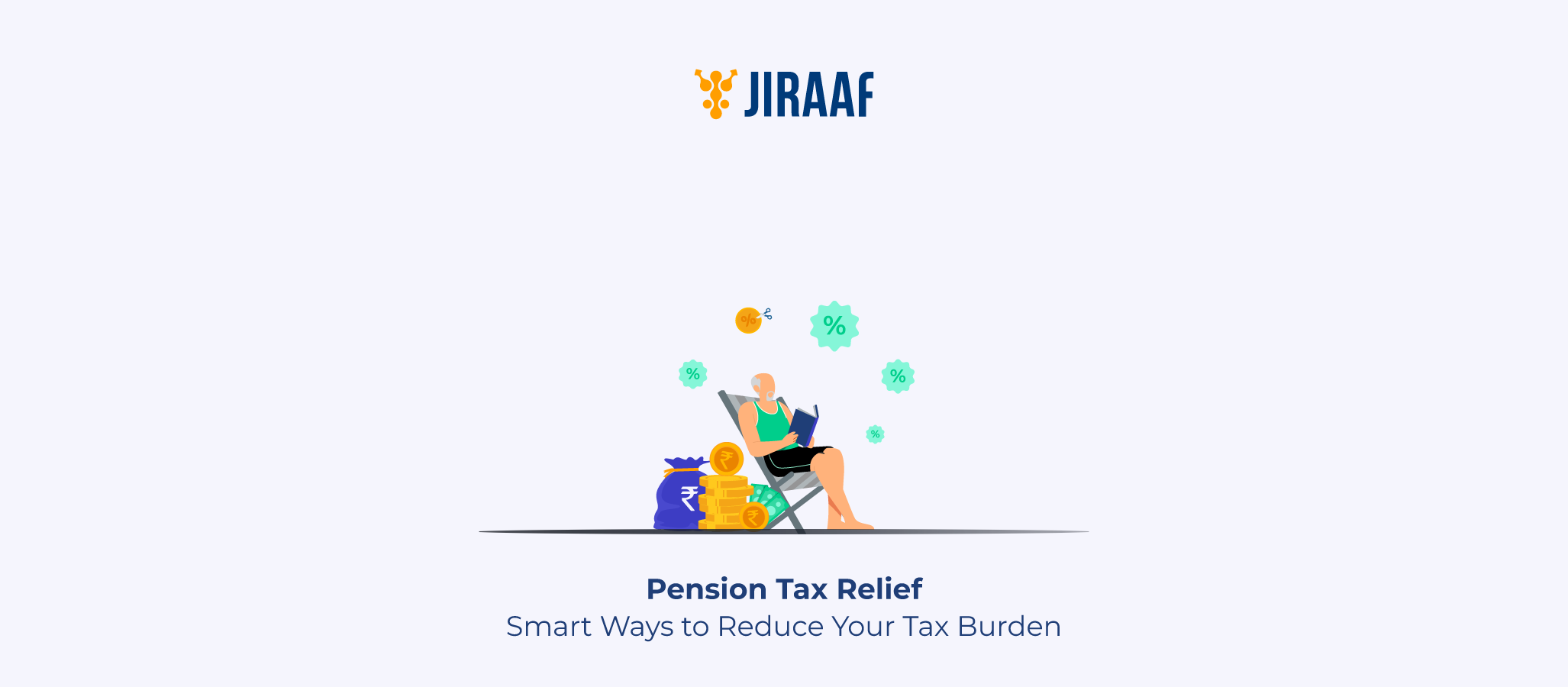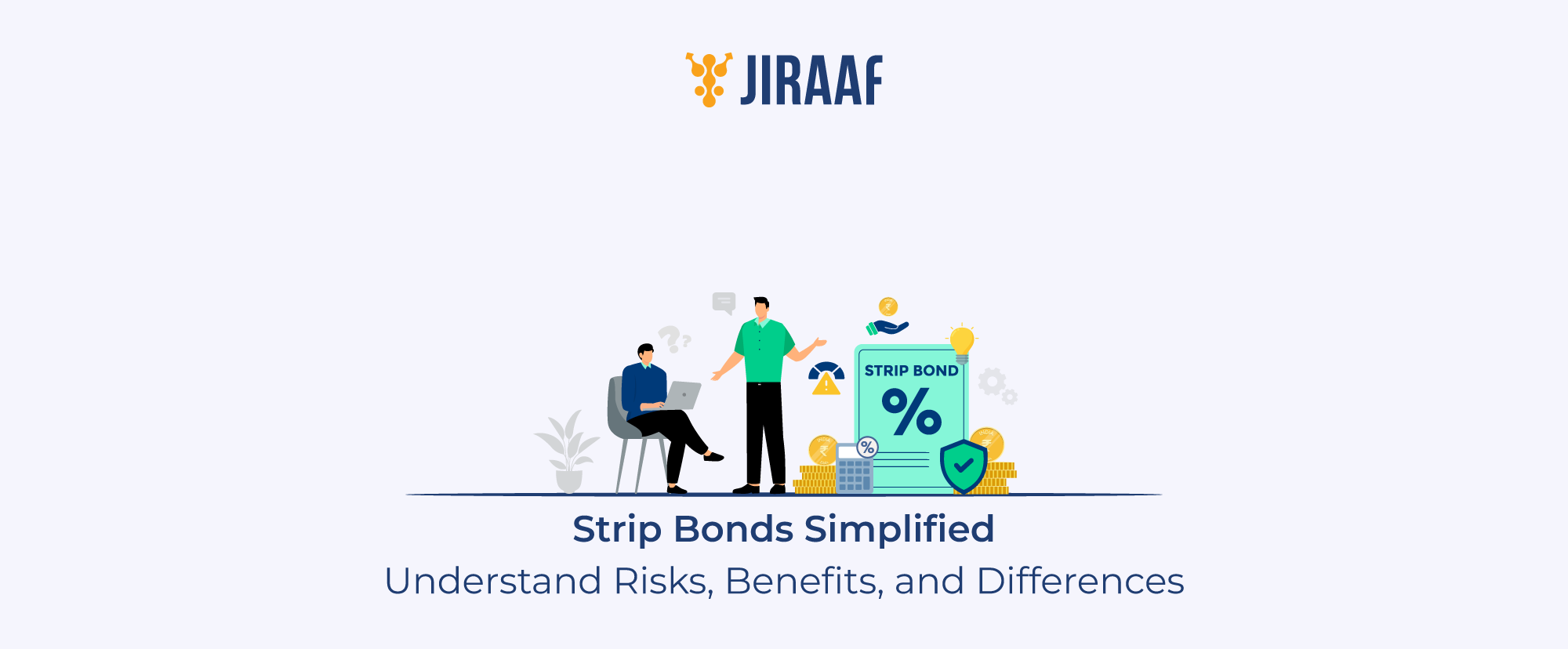Rental income can be a steady source of passive income, whether you’re leasing out a residential flat, a shop, or a commercial office. But while the cash inflow is consistent, many people—especially first-time landlords—struggle to understand how to report and pay tax on it correctly. Does your rent count as business income? Are home loan interest and property tax deductible? How do you declare multiple properties? Don’t worry—we’ve got your doubts covered.
This blog breaks down everything you need to know about the taxation of rental income in India. From applicable sections and deductions to real-life examples and reporting tips, consider this your complete guide to managing rental income smartly.
What Qualifies as Rental Income in India?
Rental income includes any payment received for allowing the use of property—residential, commercial, or industrial. Here’s what it typically covers:
- Actual monthly rent received from the tenant.
- Advance rent received upfront (taxable in the year received).
- Non-refundable security deposits retained at the end of the agreement.
- Service charges or maintenance fees, if collected by the landlord and not separately billed by society.
Note: Refundable security deposits are not taxable unless forfeited.
Under Which Head Is Rental Income Taxed?
Rental income is taxed under the head “Income from House Property”, provided the property is not used for business/profession. However, exceptions include:
- Income from hotels, guesthouses, or paying guest (PG) accommodations, where it’s considered a business activity.
- Warehousing and commercial leasing linked to business operations may also fall under “Profits and Gains from Business or Profession.”
So, if you’re simply renting out your residential flat, this blog applies directly to you.
How to Calculate Taxable Rental Income
Here’s a step-by-step method to calculate what portion of your rent is actually taxable.
Step 1: Calculate Gross Annual Value (GAV)
- For let-out properties, GAV is the higher of actual rent received or expected rent (based on market rates, municipal valuation, etc.).
- For self-occupied properties, GAV is considered zero.
Step 2: Deduct Municipal Taxes
Only taxes paid by the owner during the financial year can be deducted.
Step 3: Get the Net Annual Value (NAV)
NAV = GAV – Municipal Taxes
Step 4: Apply Deductions under Section 24
You’re entitled to:
- 30% standard deduction (no proof needed)
- Up to ₹2 lakh for self-occupied property (this limit is applicable under the old tax regime; under the new tax regime, this deduction is not available).
- Full interest amount for let-out property.
Step 5: Taxable Income
Taxable Rental Income = NAV – (30% of NAV) – Interest on Home Loan
Tax Treatment for Multiple Properties
As per current rules,
- You can treat two properties as self-occupied with zero notional income.
- All other properties are considered deemed let-out, and notional rent must be reported and taxed—even if you don’t earn from them!
Tip: Choose your most expensive or least rentable houses as self-occupied to optimize tax outflow.
Taxation for Co-Owners
If a property is jointly owned,
- Rental income is divided based on ownership percentage.
- Each co-owner can claim deductions individually (30% standard deduction and loan interest).
- Joint loans allow each borrower to claim interest deduction (up to ₹2 lakh for self-occupied, full amount for let-out).
Example: If a husband-wife duo co-owns and jointly repays the loan, both can claim benefits separately, cutting down their individual tax liabilities.
TDS on Rental Income—Section 194-IB
As a landlord, be aware of this TDS provision.
- If monthly rent > ₹50,000, the tenant must deduct 5% TDS.
- No TAN is needed; just file Form 26QC online.
- Deducted TDS must be paid within 30 days of deduction.
- The tenant must also issue a Form 16C TDS certificate to the landlord.
Landlord’s Checklist
- Share PAN with the tenant.
- Verify TDS credit in Form 26AS.
How to Report Rental Income in Your ITR
Rental income must be reported under “Income from House Property” in your Income Tax Return (ITR).
Forms to Use
| Scenario | ITR Form |
| One house property | ITR-1 |
| More than one house property | ITR-2 |
| If rental activity is a business | ITR-3 |
Details Required
- Address of the property
- Type (self-occupied, let-out, deemed let-out)
- Gross rent and municipal taxes
- Loan interest and standard deduction
- Tenant’s PAN if TDS applicable
Example with Full Calculation
Let’s say,
- Rent received: ₹30,000/month = ₹3,60,000/year
- Municipal tax paid: ₹20,000
- Home loan interest: ₹1,80,000
Calculation
- GAV = ₹3,60,000
- NAV = ₹3,60,000 – ₹20,000 = ₹3,40,000
- Standard Deduction = ₹1,02,000 (30%)
- Interest on Loan = ₹1,80,000
So, your taxable income = ₹3,40,000 – ₹1,02,000 – ₹1,80,000 = ₹58,000
Tax Planning Tips for Landlords
Here’s how you can optimize your rental income taxation:
| Tax-Saving Strategy | Benefit |
| Use co-ownership | Split income & increase deduction eligibility |
| Prepay municipal taxes before March 31 | Ensure they are deductible in the same financial year |
| Keep lease agreements & receipts | Helpful for audits or disputes |
| Invest rental surplus in 80C options | Save tax under ELSS, PPF, or life insurance |
| Opt for joint loan | Double interest deduction if both repay |
Penalties for Misreporting or Non-disclosure
Failing to disclose rental income can attract fines. There are specific fines for some misdemeanors, as stated below:
| Offense | Penalty or Fine |
| Late filing of ITR | ₹5,000 to ₹10,000 (Section 234F) |
| Under-reporting income | 50% of tax amount |
| Willful concealment | 200–300% of tax amount |
| TDS mismatch or error | Notices from the IT Department |
Conclusion
Rental income is more than just a passive stream; it’s a taxable source that needs careful documentation and reporting. With rules on TDS, multiple properties, deductions, and notional rent, the process can be complex—but not if you stay informed and plan wisely. Follow the steps outlined in this guide, and you’ll not only avoid penalties but also save more tax legally. And when in doubt, a consultation with a tax professional can give you added peace of mind.









